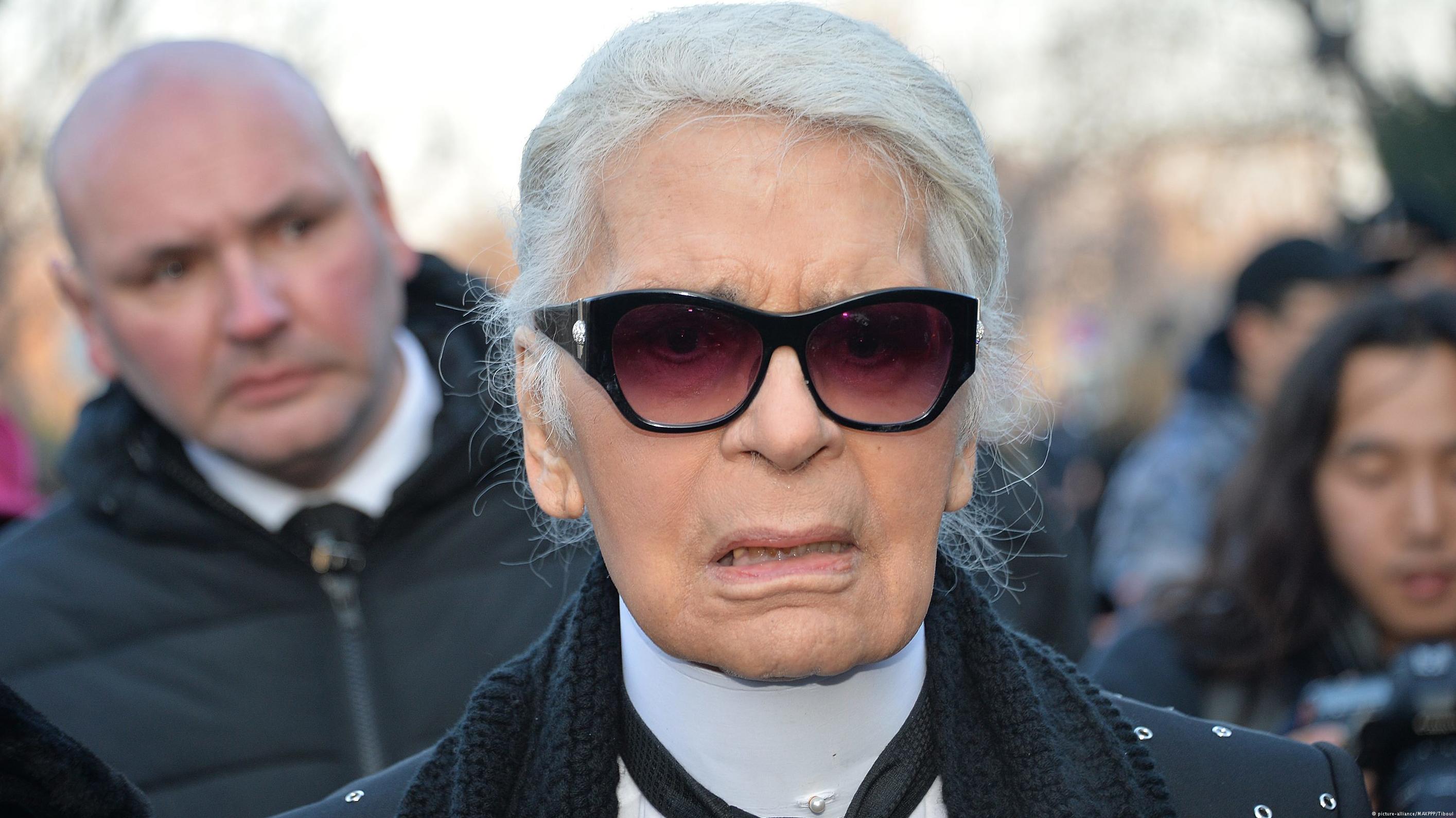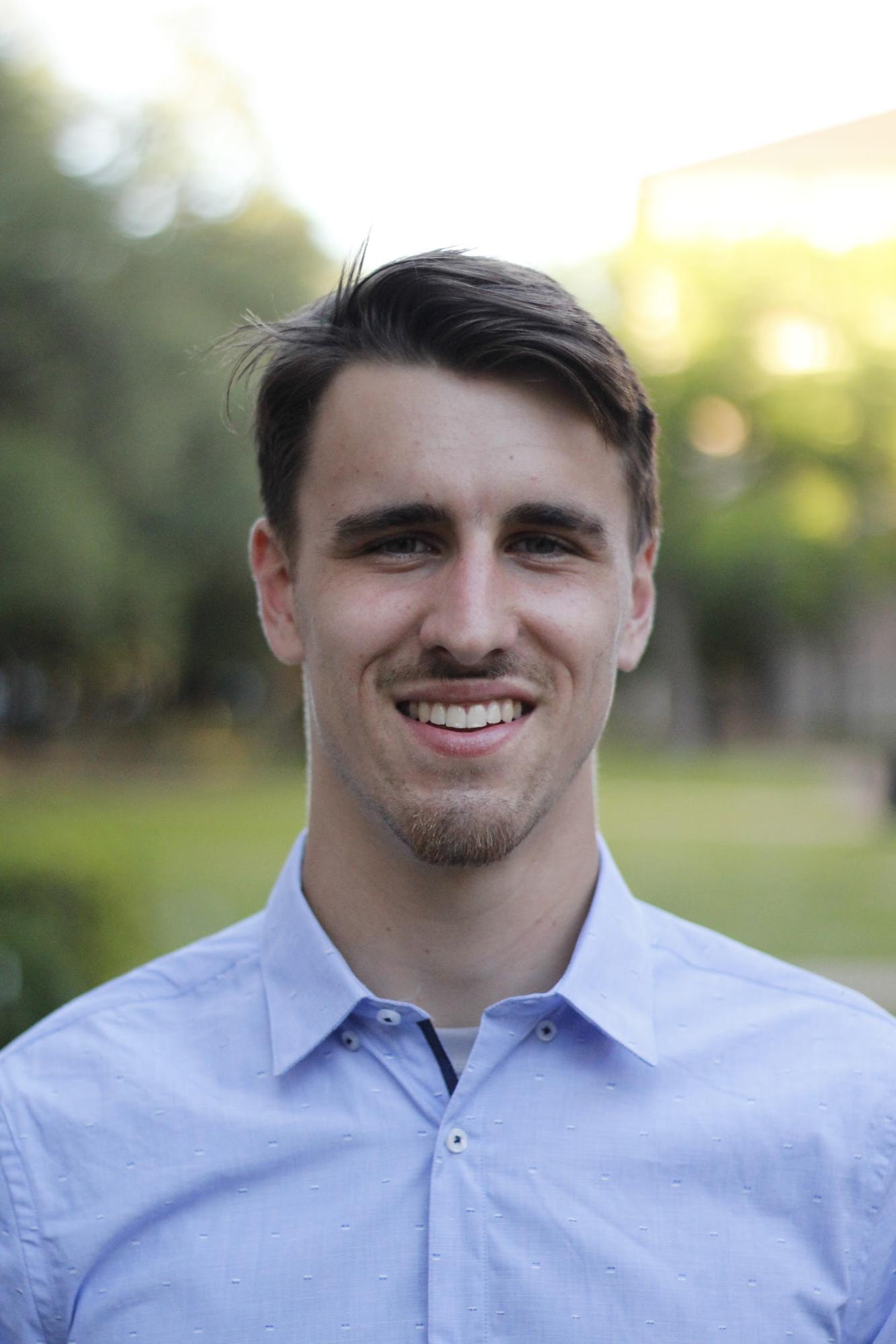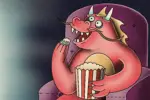DW Documentary is a German-based broadcasting channel, but it isn’t as boring or irrelevant as it might sound. A week ago, they published a documentary called “E-Waste: The hazards of electronic waste in Africa.” Three days ago a documentary on how cities recover from war aired, the image of a child hanging upside-down from an abandoned tank as its thumbnail.
Seven months ago, “The Last Khalinga Tattoo Artist: Whang Od,” whose subject still tattoos by hand, was released. DW’s videos are windows into a wide range of places.
While PBS, the U.S.’s most prominent public broadcasting service, provides some coverage on interesting topics, they generally aren’t as worldly as DW, or as in depth. PBS Newshour’s YouTube channel has mostly four- or five-minute trailers for their on-air shows, whereas DW’s shortest videos are 12-25 minutes long and fully accessible.
Also, PBS’s focus is much more political, and necessarily they have a lot of content surrounding the Trump administration. On the other hand, DW’s channel is informative but generally not political (apart from their series, “Moscow’s Empire,” that focuses exclusively on Russia’s development since the fall of the Soviet Union).
The channel is divided into sections: Editor’s Choice, Most Watched, Politics & Economics, Human Nature & Society, Culture & Arts, Short Docs & Reports. In addition, the channel features two series: a four-part documentary series on “Moscow’s Empire” and a twelve-part “Founder’s Valley” series that follows a reporter’s journey through Asia.
For anyone interested in international travel, culture or music, DW Documentary’s channel is a goldmine.
“By Train Across Sri Lanka,” one of the most relaxing and entertaining of their documentaries, takes viewers on “The Main Line” railway through the hillsides and cities of Sri Lanka to discover tea plantations and temples like the Temple of the Sacred Tooth, in Kandy, Sri Lanka.
The temple is said to store the upper left tooth of the Buddha and is a symbol of national pride. After showing the vibrant worship ceremonies performed at the temple to honor the Buddha, the film offers a glimpse of Kandy’s traditional dance shows, which begin at five a.m.
Other highlights of the film include a century-old tea factory, where workers are seen sifting through long channels of tea leaves for just three euros a day, an inside look at Sri Lanka’s jewelry industry, where gems were previously believed to cure diseases and an orphanage where elephants are nursed back to health from injury or abuse and entertain tourists. The showcasing of the Sri Lankan people and their lifestyles is refreshing and laid back.
A more informative and slightly higher quality film on the channel is “Inequality, How Wealth Becomes Power,” which covers wealth distribution in Germany. Although the U.S.’s problems are distinct from Germany’s, patterns of inequality are worldwide, and what goes on overseas should inform our view of what happens within our borders.
In the beginning of the film, the narrator points out: “There’s a lot of data available on the poor, but not a lot on the rich.” Marcus Grabka, a Wealth Analyst, gives a sobering summary of financial stratification in Germany.
He explains that to represent the income of 95 percent of Germany’s population, all you would need is a standard piece of A4 printer paper, if the sides of the paper were used to make an x-y graph. If the scale used was extended to include the richest family in Germany, Grabka says, their data point would be 6.6 kilometers above the paper.
After Grabka’s data visualization piece, the film follows the CEO of one of Germany’s largest realty companies, CG Gruppe AG. Their CEO stresses that he began as a construction worker, has a stronger work ethic than most people and that as long as his employees can live off what they earn, he is doing his job and they are doing theirs.
Other subjects of the film include a mogul who owns a 300-acre forest and whose wealth traces back to the Middle Ages, as well as a family of four who viewers accompany on their search for a larger apartment.
On a similar note, DW has a documentary on Stephane Hessel, one the oldest leaders of the leftist movement in Europe and an icon for young activists. From the bit I’ve seen, he’s quite a character.
https://www.youtube.com/watch?v=LK1e2EvHTzg
The final documentary I’ll mention is on a completely different topic — health tech startups. “Singapore: Horizons of Health” runs 26 minutes long and explores the newest developments in the tiny, innovative island nation.
It starts off with Fridtjof Detzner, the narrator, watching an operation as surgeons implant a 3D-printed piece of bone into a patient. The pieces can be custom printed within as little as three weeks. Designed to dissolve over time, the replacement bone pieces disappear layer by layer by chemical process to allow the new, natural bone to grow back into place. The founder of the company that produces the pieces glows with accomplishment in his interview.
Later in the documentary, Detzner visits CXA Group, a health tech firm that also has a brokerage license. Part of CXA’s mission is to encourage companies to shift their insurance money into prevention, to help their employees but also to reduce costs.
Employees at CXA are given health risk ratings based on past records of treatment and annually given blood tests and are rewarded for improving their ratings. Detnzner’s final stop is at a lab working to use a non-replicating bacteria to inhibit the growth of cancerous tumors.
No doubt, there’s not a single person who would find all the documentaries on DW’s YouTube channel interesting, but at the least a few of them will strike a chord with everyone. It’s a great source for content on peripheral topics, although a solid amount of their content is mainstream as well.
Above anything else though, their documentaries balance being unbiased and informative with being entertaining, and the wide selection on their channel makes it great for broadening viewers’ worldview. The corniness of their YouTube banner, which reads: “Discover the world around you every day” is completely justified. PBS, take note.

















